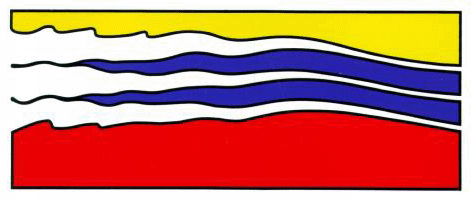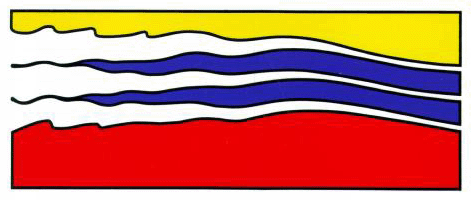
4111 Monarch Way, 3rd Floor
Old Dominion University
Norfolk, VA 23508
757-683-4940


Hematodinium perezi is a parasitic dinoflagellate that
infects blue crabs along the eastern seaboard. The prevalence of this
parasite can approach 100% in focal outbreaks that occur in the summer
and fall. These coincide with molting periods of the host. We have
been studying the infection dynamics of Hematodinium in blue
crabs from small embayments in Virginia. The bays have long residence
times that may contribute to the outbreaks. We developed a quantitative
PCR assay to detect dinospores of Hematodinium in environmental
samples. The dinospore abundance in water samples was significantly
correlated with prevalence of infection in crab hosts from high salinity
embayments. In several bays, crab abundance is negatively correlated
with prevalence of infection. We are developing a model for the blue
crab - Hematodinium system that is intended to gage how
physiographic features, fish pressure and host factors contribute to
outbreaks of disease. There is circumstantial evidence that
overexploitation has contributed to the emergence of disease in several
marine fisheries, but the effect of fishing pressure on disease has
received little attention. We want to understand how fishing pressure
and declining water quality combine withthe physiography of small
coastal estuaries to promote outbreaks of disease in blue crabs.
Dr. Shields began his "surfing" career with a B.A. in 1980 from the University of California, Santa Barbara. He left the water for a M.S. in 1983 from UC, Berkeley, but the waves beckoned and he returned to UC Santa Barbara for a Ph.D. in 1987. After a postdoc at the University of Queensland, he would up at the Virginia Institute of Marine Science (VIMS). Dr. Shields studies the etiology and epizootiology of parasitic and microbial diseases of commercially important invertebrates and fishes. He has recently worked in three distinct areas: the epidemiology of parasitic diseases in blue crabs in Virginia, the etiology of epizootic shell disease in the American lobster in southern New England, and the genetic diversity of an emerging viral pathogen in spiny lobsters from the Caribbean Sea. At least he eats well!

|
Innovation Research Park Building I 4111 Monarch Way, 3rd Floor Old Dominion University Norfolk, VA 23508 757-683-4940 |

|